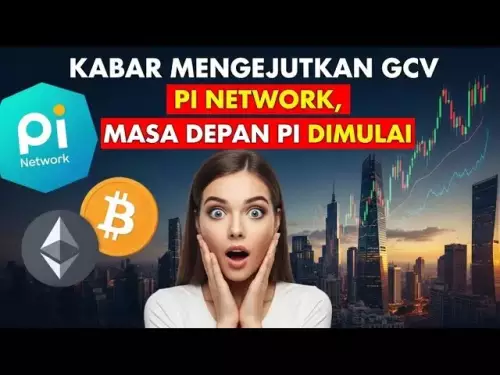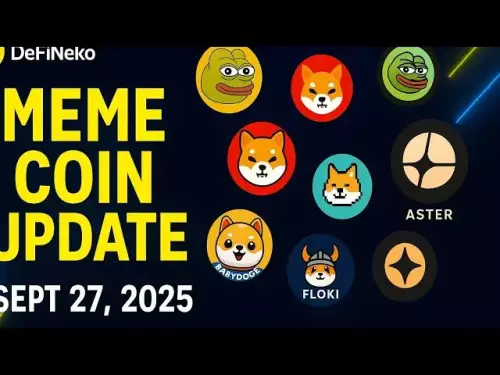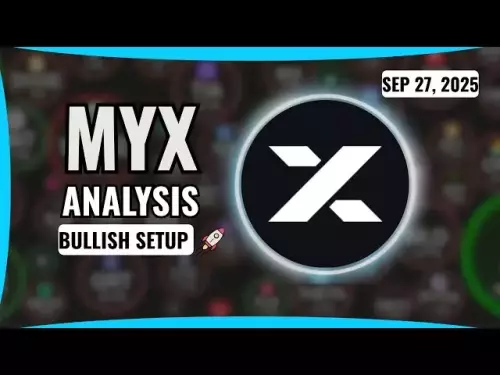-
 bitcoin
bitcoin $109523.663807 USD
-0.13% -
 ethereum
ethereum $4019.526508 USD
2.06% -
 tether
tether $1.000482 USD
0.00% -
 xrp
xrp $2.776815 USD
0.18% -
 bnb
bnb $958.942396 USD
0.12% -
 solana
solana $204.294698 USD
3.84% -
 usd-coin
usd-coin $0.999693 USD
0.00% -
 dogecoin
dogecoin $0.232115 USD
2.09% -
 tron
tron $0.338028 USD
0.84% -
 cardano
cardano $0.790920 USD
1.50% -
 hyperliquid
hyperliquid $44.871443 USD
5.60% -
 ethena-usde
ethena-usde $1.000322 USD
0.04% -
 chainlink
chainlink $21.034165 USD
2.60% -
 avalanche
avalanche $28.794831 USD
-0.54% -
 stellar
stellar $0.360466 USD
1.24%
What is NFT and where is its unique value reflected?
NFTs are unique digital assets on blockchains like Ethereum, used for art, collectibles, and more, offering proof of ownership and authenticity.
Apr 10, 2025 at 09:07 am
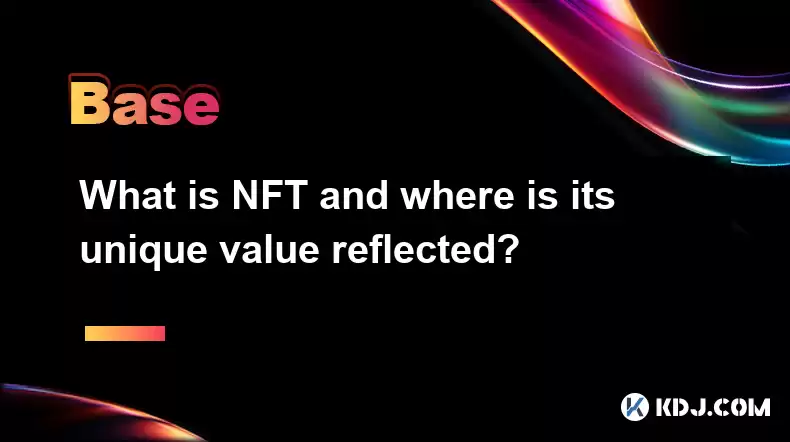
Non-Fungible Tokens (NFTs) have become a significant phenomenon within the cryptocurrency and digital art communities. NFTs are unique digital assets that represent ownership or proof of authenticity of a specific item or piece of content, typically stored on a blockchain. Unlike cryptocurrencies such as Bitcoin or Ethereum, which are fungible and can be exchanged on a one-to-one basis, NFTs are indivisible and unique, making each token distinct from another.
What Defines an NFT?
An NFT is defined by its non-fungibility, meaning it cannot be exchanged on a one-to-one basis with another token. This uniqueness is what sets NFTs apart from other digital assets. Each NFT contains distinguishing information that makes it one-of-a-kind. This information is stored on a blockchain, most commonly Ethereum, which provides a secure and transparent way to verify ownership and authenticity.
The Technology Behind NFTs
The technology that powers NFTs is primarily based on blockchain, with Ethereum being the most popular platform due to its support for smart contracts. Smart contracts are self-executing contracts with the terms directly written into code. They automatically enforce the rules and execute the agreed-upon actions when certain conditions are met. This technology ensures that once an NFT is created and its ownership is transferred, the transaction is recorded immutably on the blockchain.
Unique Value of NFTs
The unique value of NFTs is reflected in several key areas:
- Proof of Ownership: NFTs provide a verifiable way to prove ownership of a digital asset. This is particularly valuable in the digital art world, where proving ownership can be challenging.
- Authenticity and Provenance: Each NFT has a unique history that can be traced back to its creation. This provenance adds value by ensuring the authenticity of the asset.
- Scarcity and Exclusivity: By design, NFTs can be made scarce, which can drive up their value. For example, an artist might release a limited edition series of NFTs, making each one more valuable due to its rarity.
- Interoperability: NFTs can be used across different platforms and applications, increasing their utility and potential for use in various digital ecosystems.
Use Cases of NFTs
NFTs have found applications in various fields within the cryptocurrency circle:
- Digital Art: Artists can tokenize their work as NFTs, allowing them to sell their art directly to collectors without intermediaries. This has revolutionized the art market, giving artists more control over their work and profits.
- Collectibles: From virtual trading cards to rare in-game items, NFTs are used to create and trade digital collectibles. These items often gain value over time, similar to physical collectibles.
- Gaming: In the gaming industry, NFTs are used to represent in-game assets that players can own, trade, or sell. This adds a new layer of economy and engagement to games.
- Music and Media: Musicians and content creators can tokenize their work, allowing fans to own a piece of their favorite songs or videos. This creates new revenue streams and deeper connections between creators and their audiences.
How to Create and Purchase NFTs
Creating and purchasing NFTs involves several steps that are crucial to understand:
Creating an NFT:
- Choose a blockchain platform that supports NFTs, such as Ethereum.
- Set up a digital wallet that is compatible with the chosen blockchain, such as MetaMask.
- Connect your wallet to an NFT marketplace like OpenSea or Rarible.
- Upload your digital asset (artwork, music, etc.) to the marketplace.
- Set the details of your NFT, including its name, description, and any royalties you wish to receive from future sales.
- Pay the gas fees to mint your NFT on the blockchain.
Purchasing an NFT:
- Set up a digital wallet and fund it with the necessary cryptocurrency (usually Ethereum).
- Browse an NFT marketplace to find the NFT you want to purchase.
- Connect your wallet to the marketplace and initiate the purchase.
- Confirm the transaction and pay the required gas fees.
- Once the transaction is confirmed on the blockchain, the NFT will be transferred to your wallet.
Challenges and Considerations
While NFTs offer many benefits, there are also challenges and considerations to keep in mind:
- Environmental Impact: The energy consumption associated with blockchain transactions, particularly on the Ethereum network, has raised concerns about the environmental impact of NFTs.
- Market Volatility: The value of NFTs can be highly volatile, influenced by market trends and speculation. This can lead to significant fluctuations in the value of an NFT.
- Legal and Regulatory Issues: The legal status of NFTs is still evolving, and there may be uncertainties around copyright, ownership, and taxation.
Frequently Asked Questions
Q: Can NFTs be fractionalized?A: Yes, NFTs can be fractionalized, allowing multiple people to own a portion of a single NFT. This is done by creating a new token that represents a share in the original NFT, which can then be traded on secondary markets.
Q: How do royalties work with NFTs?A: Royalties are a feature of some NFT platforms that allow creators to earn a percentage of sales every time their NFT is resold. This is programmed into the smart contract of the NFT, ensuring that the creator receives ongoing income from their work.
Q: Are NFTs only for digital art?A: No, while digital art is a popular use case for NFTs, they can represent ownership of any unique digital asset, including music, videos, virtual real estate, and even tweets.
Q: Can NFTs be lost or stolen?A: Yes, NFTs can be lost or stolen if the private keys to the wallet holding them are compromised. It's crucial to use secure wallets and follow best practices for managing digital assets to minimize this risk.
Disclaimer:info@kdj.com
The information provided is not trading advice. kdj.com does not assume any responsibility for any investments made based on the information provided in this article. Cryptocurrencies are highly volatile and it is highly recommended that you invest with caution after thorough research!
If you believe that the content used on this website infringes your copyright, please contact us immediately (info@kdj.com) and we will delete it promptly.
- Bitwise, Solana, and the ETF Filing Frenzy: What's the Deal?
- 2025-09-28 06:25:16
- Ruvi AI: Surpassing Tron's Demand, the Next 100x Token?
- 2025-09-28 06:25:16
- BSE, IPOs, and Crypto Funds: A New York Minute on India's Regulatory Tightrope
- 2025-09-28 06:30:01
- Ruvi AI: The Avalanche Ecosystem's Next Big Thing, Blazing Through Phase 3
- 2025-09-28 06:30:01
- Tron, Ruvi AI, and Institutional Backing: What's the Buzz?
- 2025-09-28 06:30:01
- Q-UP: Is Coin Flipping the Next eSports Sensation? A Look at Fairness in Gaming
- 2025-09-28 06:30:15
Related knowledge
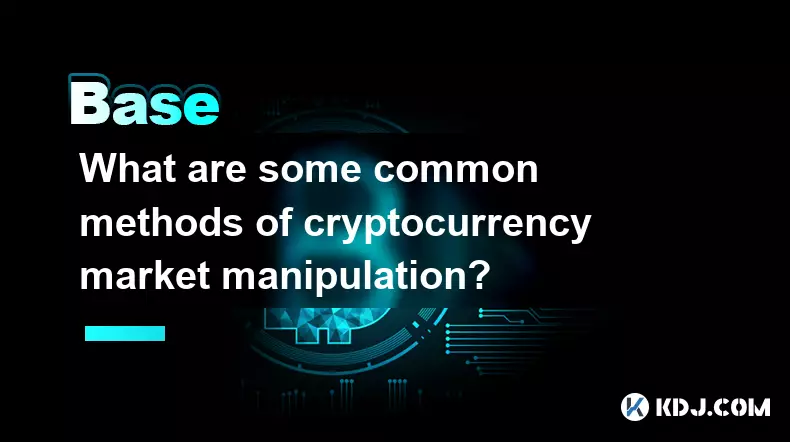
What are some common methods of cryptocurrency market manipulation?
Sep 27,2025 at 02:55am
Wash Trading and Its Impact on Market Perception1. Wash trading involves an individual or entity simultaneously buying and selling the same cryptocurr...
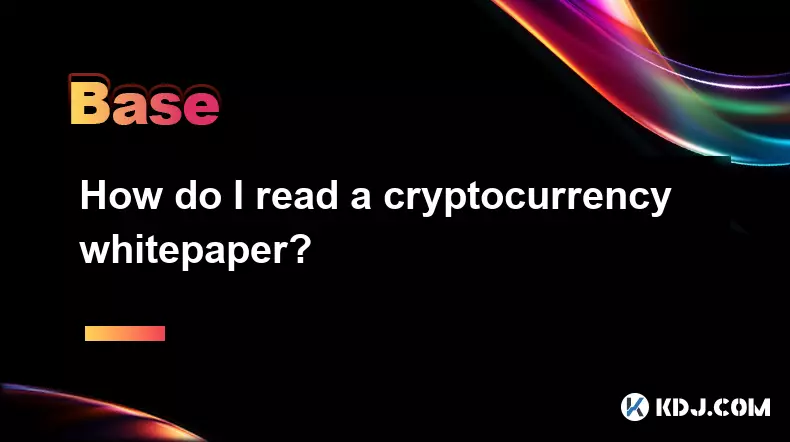
How do I read a cryptocurrency whitepaper?
Sep 27,2025 at 05:54am
Understanding the Structure of a Cryptocurrency Whitepaper1. Begin by identifying the executive summary, which outlines the project’s core vision and ...
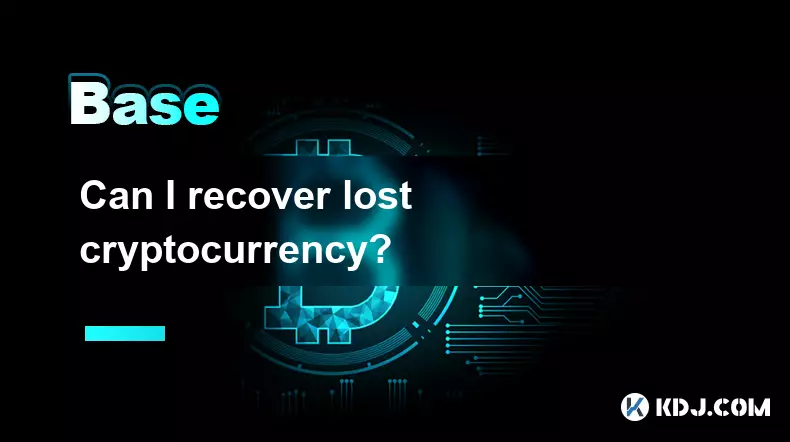
Can I recover lost cryptocurrency?
Sep 25,2025 at 08:18am
Understanding the Nature of Cryptocurrency Loss1. Cryptocurrency operates on decentralized networks, meaning there is no central authority to reverse ...
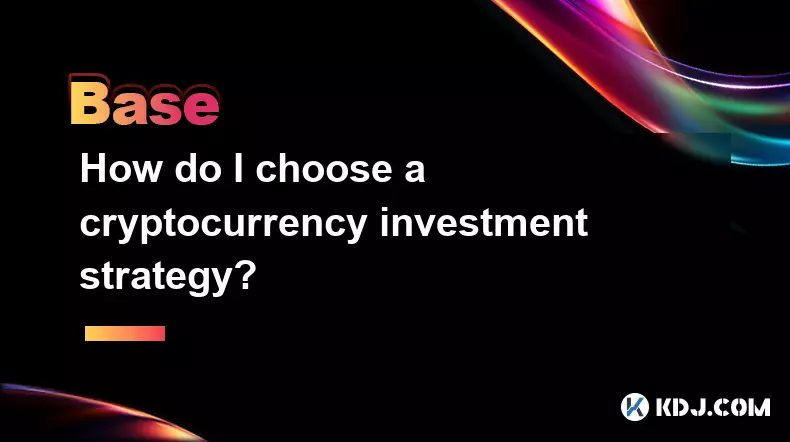
How do I choose a cryptocurrency investment strategy?
Sep 27,2025 at 03:55pm
Understanding Risk Tolerance in Crypto Investing1. Assessing personal risk tolerance is a foundational step when entering the cryptocurrency market. V...
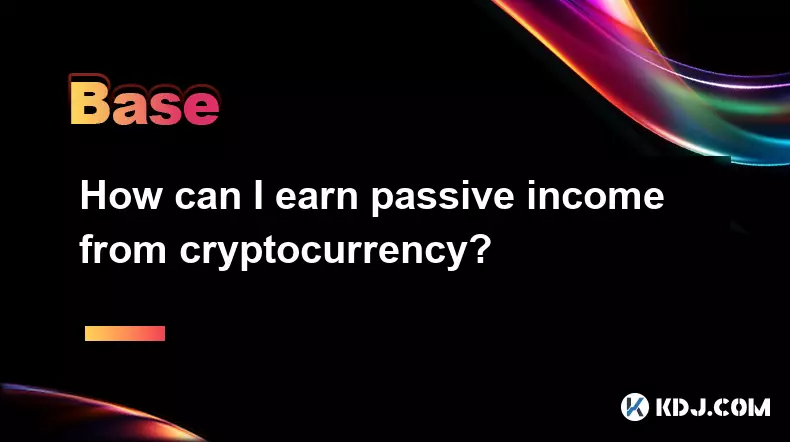
How can I earn passive income from cryptocurrency?
Sep 23,2025 at 10:18am
Staking Cryptocurrencies for Regular Returns1. Many blockchain networks operate on a proof-of-stake (PoS) consensus mechanism, allowing users to earn ...
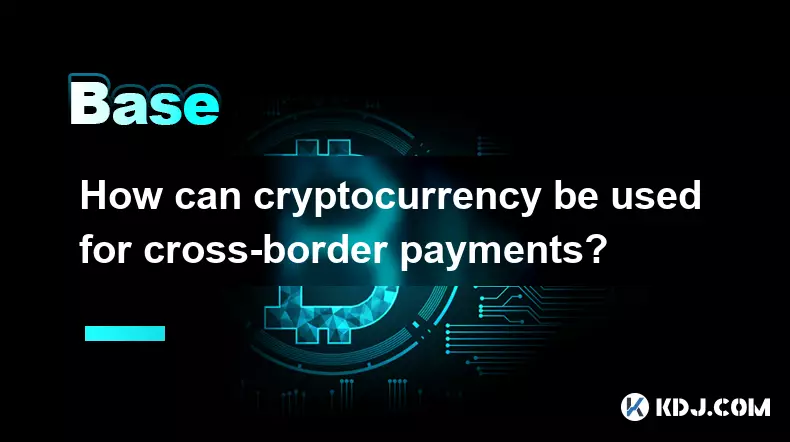
How can cryptocurrency be used for cross-border payments?
Sep 28,2025 at 01:36am
Efficiency in International Transactions1. Cryptocurrency enables near-instant settlement across borders without relying on traditional banking interm...

What are some common methods of cryptocurrency market manipulation?
Sep 27,2025 at 02:55am
Wash Trading and Its Impact on Market Perception1. Wash trading involves an individual or entity simultaneously buying and selling the same cryptocurr...

How do I read a cryptocurrency whitepaper?
Sep 27,2025 at 05:54am
Understanding the Structure of a Cryptocurrency Whitepaper1. Begin by identifying the executive summary, which outlines the project’s core vision and ...

Can I recover lost cryptocurrency?
Sep 25,2025 at 08:18am
Understanding the Nature of Cryptocurrency Loss1. Cryptocurrency operates on decentralized networks, meaning there is no central authority to reverse ...

How do I choose a cryptocurrency investment strategy?
Sep 27,2025 at 03:55pm
Understanding Risk Tolerance in Crypto Investing1. Assessing personal risk tolerance is a foundational step when entering the cryptocurrency market. V...

How can I earn passive income from cryptocurrency?
Sep 23,2025 at 10:18am
Staking Cryptocurrencies for Regular Returns1. Many blockchain networks operate on a proof-of-stake (PoS) consensus mechanism, allowing users to earn ...

How can cryptocurrency be used for cross-border payments?
Sep 28,2025 at 01:36am
Efficiency in International Transactions1. Cryptocurrency enables near-instant settlement across borders without relying on traditional banking interm...
See all articles























